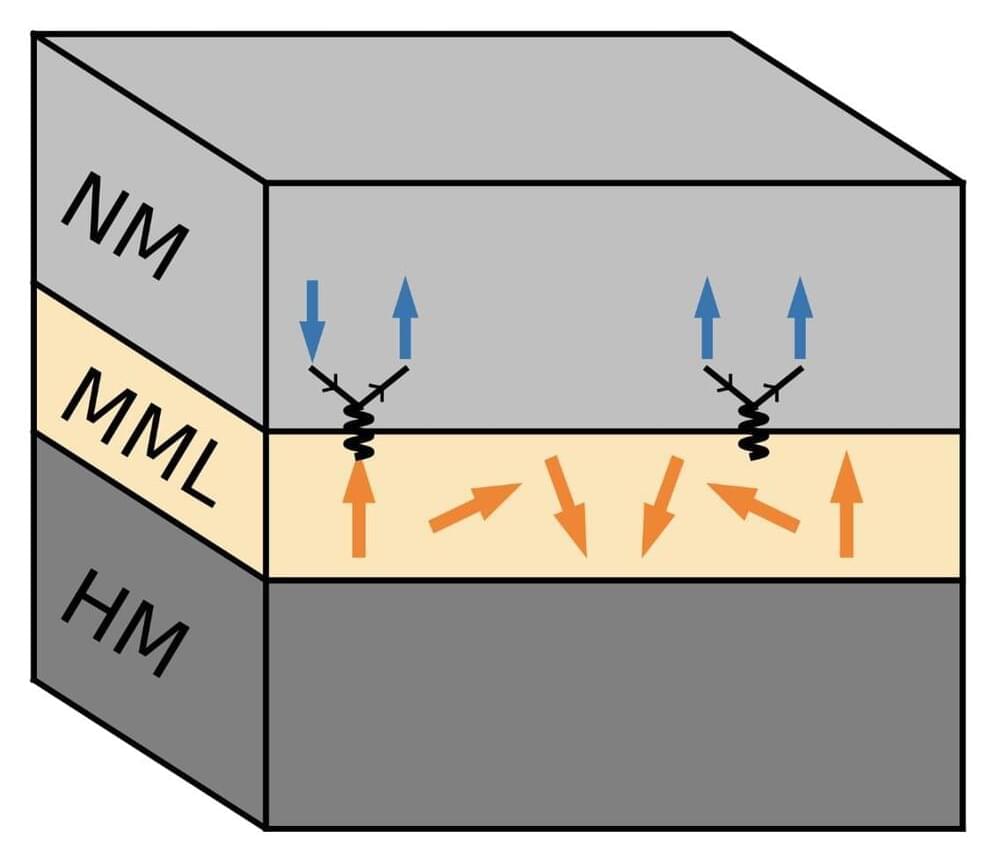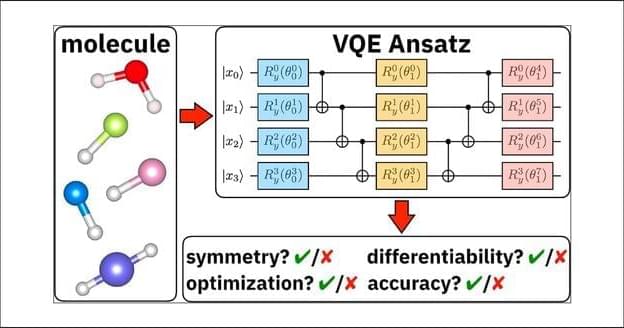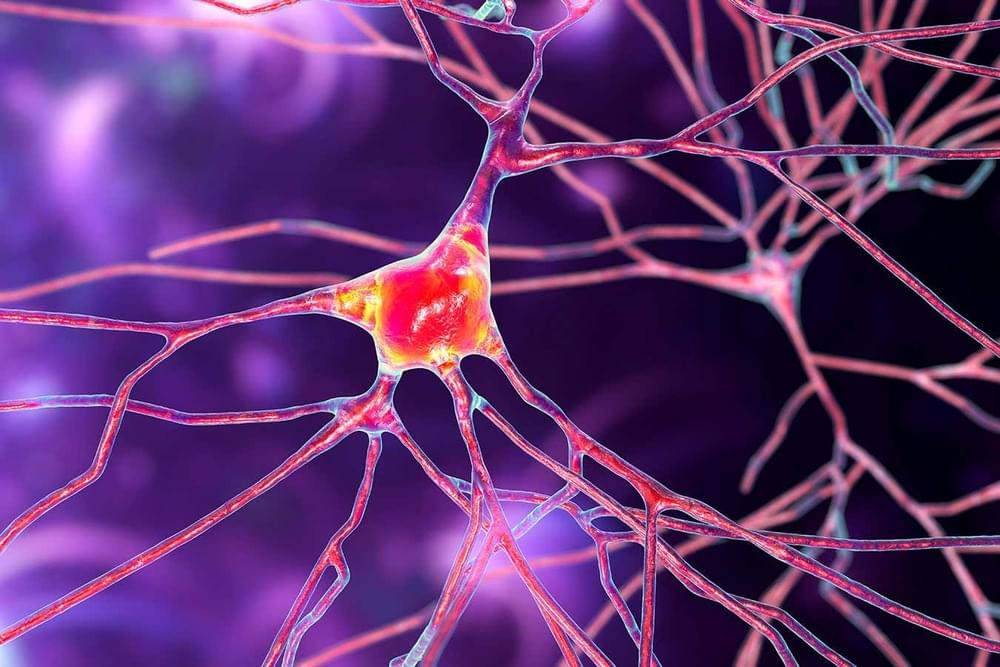Sales teams have typically not been early adopters of technology, but generative AI may be an exception to that. Sales work typically requires administrative work, routine interactions with clients, and management attention to tasks such as forecasting. AI can help do these tasks more quickly, which is why Microsoft and Salesforce have already rolled out sales-focused versions of this powerful tool.
Page-utils class= article-utils—vertical hide-for-print data-js-target= page-utils data-id= tag: blogs.harvardbusiness.org, 2007/03/31:999.351825 data-title= How Generative AI Will Change Sales data-url=/2023/03/how-generative-ai-will-change-sales data-topic= Sales data-authors= Prabhakant Sinha; Arun Shastri; Sally E. Lorimer data-content-type= Digital Article data-content-image=/resources/images/article_assets/2023/03/Mar23_28_1422490566-383x215.jpg data-summary=
Microsoft and Salesforce have already rolled out sales-focused versions of this powerful tool.









